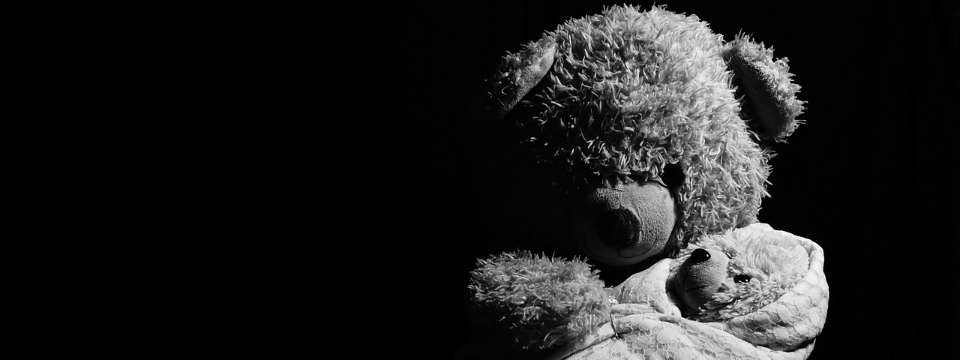For Native Education, Community Is the Answer

Photo courtesy of AP Photo/Emily Leshner & https://thewesternnews.com/news/2021/dec/17/ex-boarding-school-native-children-owning-its-past/
By Kameryn Point (AYPF Policy & Programs Associate), the American Youth Policy Forum
While tribal communities and cultures vary greatly, many Indigenous youth experience significant difficulties and hardships throughout the United States. These challenges can be directly traced to the impact of colonization on tribal communities such as what Indigenous youth experienced in the boarding school system. For many Indigenous young people, their realities include historical and intergenerational trauma, the loss of culture and language, the fight for sovereignty and treaty rights, the urgency of poverty, and lack of societal representation and visibility.

Student body assembled on the Carlisle Indian School Grounds. Photo courtesy of Carlisle-www.army.mil and https://home.epix.net/~landis/histry.html
These challenges persist in our present-day education systems. According to an analysis of The Condition of Education 2020 report, as conducted by the National School Boards Association:
- Reading and math scores for fourth and eighth grade Native students are the lowest in the nation, and the dropout rate for Native 16- to 24-year-olds is the highest in the nation, when compared to youth from all other racial and ethnic groups.
- Approximately 95 percent of Native students attended public schools, while only about 1 percent of public-school teachers were Native.
And, even if schools had Native teachers on staff, those teachers were, on average, paid lower than the average salary of teachers from all other racial and ethnic groups. To secure and retain Native teachers, we must recognize their value and compensate them accordingly.
Native youth will thrive with teachers and mentors from their communities who understand their culture and share lived experiences. These teachers and mentors can educate Native youth more about their language, provide affirmative cultural and spiritual guidance, model health and wellness, and help guide them away from drugs and violence, all while centering their Indigenous identity.
One major barrier to recruiting Native teachers is the secondary-degree requirement most school systems have in place. In 2019, 25 percent of Native Americans over the age of 25 had an associate degree or higher, compared to 42 percent of all those over the age of 25.
To address this issue within their own tribe, the Blue Lake Rancheria secured a State Tribal Education Program grant to recruit, retrain, and retain “12 Native American teachers who are well versed in Traditional Ecological Knowledge (TEK), Career Readiness Education (CRE), and trauma informed educational practices.” Programs like this help create a pipeline of educators from the community who have similar lived experiences as their students, by addressing barriers that often keep Native people from teaching.
 Overall, education leaders can assist in transforming education into a healing and empowering system for Native youth and communities by increasing the number of Native teachers and mentors, equitably compensating those teachers and mentors, and promoting tribal self-determination.
Overall, education leaders can assist in transforming education into a healing and empowering system for Native youth and communities by increasing the number of Native teachers and mentors, equitably compensating those teachers and mentors, and promoting tribal self-determination.
Before any decisions are made regarding Native youth and their education, non-Native leaders and educators should consult, collaborate, and seek consent of the tribal communities. Non-Natives can avoid repeating historical patterns of making decisions for Indigenous people that led to harmful and dangerous consequences. And we must acknowledge that Native youth and communities are the experts of their own culture and experiences. No one knows tribal communities better than tribes themselves.
To access the resource, please click here.









